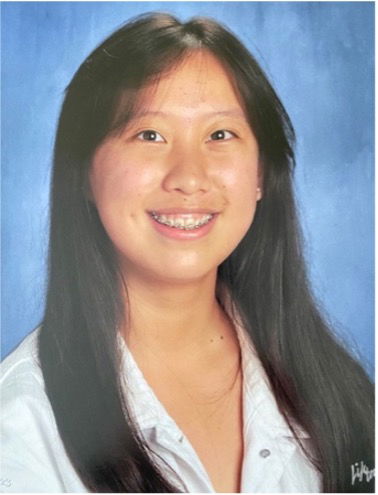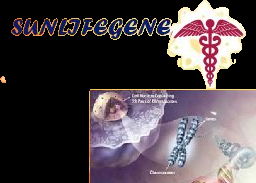Introduction to Stem Cells Felishia Tian Grade 11, University of Toronto Schools, Toronto, On Canada March 26,2023

In recent years, stem cells have been at the center of attention of scientists and researchers because of their immense potential in the medical field. Their uses include but are not limited to cell therapy, organ transplant and drug testing. They are all thanks to stem cells’ unique ability to differentiate. Stem cells are cells that are undifferentiated. They are the body’s raw materials. They are located in their corresponding stem cell niches, which are areas of tissue that provide specific microenvironments for the stem cells to maintain a self-renewable and undifferentiated state, which are their two essential properties (Mayo Foundation, 2022). Being able to self-renew means that stem cells can undergo cell growth and division in their undifferentiated state through mitosis. They also use two additional mechanisms to do so. The first is asymmetric cell division, where the mother cell gives rise to two distinct daughter cells: one stem cell and one cell that is programmed to differentiate. The second is stochastic differentiation, where one stem cell produces two undifferentiated daughter cells once another one’s daughter cells become differentiated (He et al., 2009). Additionally, stem cells must have the ability to differentiate into specialized cells.
